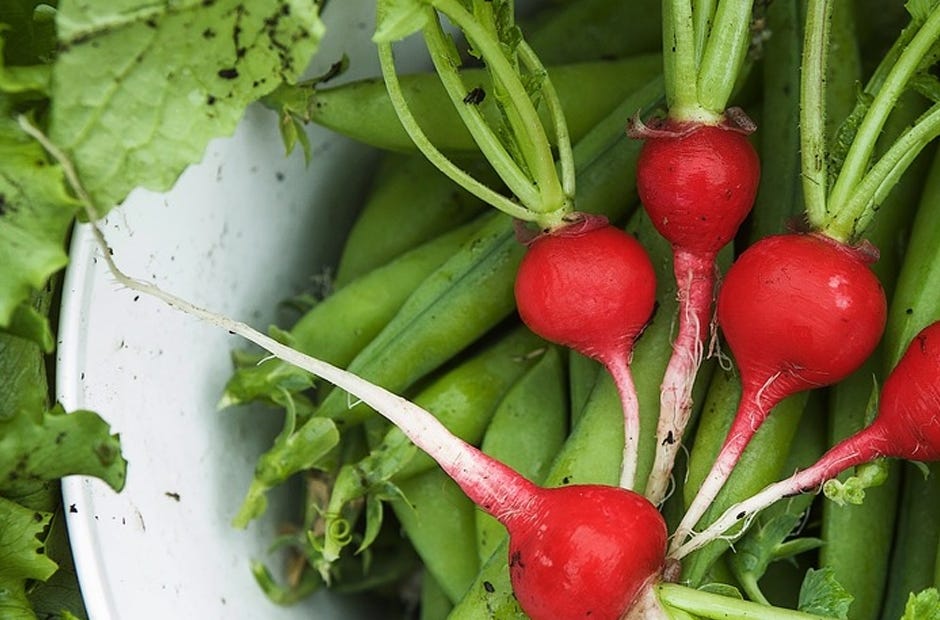![Timing — in everything from planting to harvesting — is crucial in crop farming. [Pixabay.com]](http://127.0.0.1/wordpress/wp-content/uploads/2022/01/ghows-DA-531dd3aa-8aed-7617-e053-0100007fc1f5-3c5d87bf.jpeg)
Farmers worry a lot about the fate of the crops that they plant. A good deal of time and money are invested into planting these crops.
The last thing farmers want to see is a pest destroying their crop before it yields anything.
Pests come in many forms: diseases, weeds, insects and even vertebrates.
To protect crops from pests, Integrated Pest Management is employed. This system starts with correctly identifying pests or potential pests in a crop or field. Pest populations are then monitored. When pests reach or exceed the economic threshold, a plan is formulated and implemented to control the pest.
The economic threshold is the density of pest population at which the losses caused by the pest are equal to the cost of the control measures.
They include:
•Physical control
•Cultural control
•Biological control
•Chemical control
Physical control is the most labor- and time-intensive. This method includes mowing, hand pulling weeds and using exclusion devices. Exclusion devices keep pests out of the field or off the crop. Examples of such devices include bird netting to keep birds out of crops, row covers to keep insects off crops and fencing to keep vertebrates out of fields.
Cultural controls are important. This method includes planting date, variety selection, fertility management and irrigation management. Variety selection is very important to successful farming. Farmers select varieties that are resistant to diseases and will grow well in our area. Planting date is also critical. This involves planting the crop at the right time to avoid certain pests that are known to be an issue.
Biological control is the use of living organisms to control pests. Examples include goats controlling kudzu, air potato beetles controlling air potato vine, or a virus controlling tropical soda apple. Care must be taken to ensure that off-target plants are not harmed by the biological control.
Last is chemical control. This is the use of pesticides to control pests. These pesticides can be synthetic or organic. Pesticide is not a dirty word. This is a tool that farmers can use to protect their crops (the crops that feed and clothe us). Pesticides are highly regulated. Pesticides that have low acute and chronic toxicity are preferred by both the farmer and the consumer. Farmers also must adhere to strict timing for pesticide applications to ensure that little to no pesticide residue is detected on the crop after it leaves the field.
In conclusion, much more than just chemicals go into protecting crops from pests. Starting with proper pest identification, farmers evaluate the best control measures for each specific pest. They scout the crops throughout the season to keep an eye on emerging pests and pest densities.
Pesticides are not cheap, so the decision to apply them to the crop is not taken lightly. When the decision is made to apply pesticides, they are applied with the safety of the farmer, consumer and environment in mind.
Jennifer Bearden is an agent at the University of Florida's Institute of Food and Agricultural Sciences Extension office in Crestview.

This article originally appeared on Crestview News Bulletin: Here are 4 ways to protect crops
